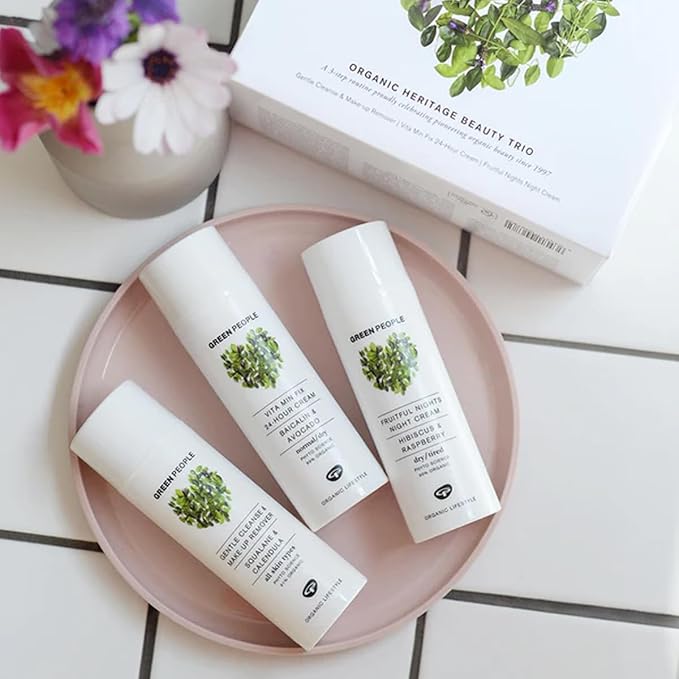First-time visitors to Georgia often want a clear, stress-free introduction that balances culture, nature and everyday comfort. Many begin in Tbilisi, where the airport sits close to the city centre and the compact Old Town allows easy walking between the sulphur baths, Narikala cable car and riverside viewpoints. Sustainable travel here means choosing walkable routes, local cafés and small hotels that support the community. Short trips to Mtskheta add historical depth without long drives, while Kakheti introduces wine traditions through slower, guided visits that reduce unnecessary transport. Some travellers combine Tbilisi with Batumi, using efficient internal travel rather than multiple flights. At Friendly Turtle EcoBlog, we encourage first-time visitors to travel Georgia responsibly by pacing itineraries, staying in family-run guesthouses, joining small-group tours and respecting local ecosystems. These mindful choices help reduce environmental impact while still offering a rich, authentic experience of Georgia’s cities, landscapes and traditions.
Share your articles with us and get published! Reach out at hello@friendlyturtle.com.
Redefining Winter Fashion: Embrace Sustainable Style

For most people, the priority for their winter wardrobe is to stay warm. But it is also a goal to achieve a level of fashion, even when you are all bundled up. This coupled with clothing choices that are sustainable and good for the environment equate to a growing trend in sustainable winter fashions. From outerwear to shoes, these are the sustainable options people are turning to to complete their winter wardrobes this season.
The Rise of Eco-Friendly Materials
As the global community becomes more conscious of its impact on the environment, many people are turning to more eco-friendly materials for their clothing. This means spending more time reading labels and only purchasing clothing items made from sustainable materials that will last longer. This is especially true in the wintertime when the main goal is to stay warm, so people turn to materials that have good natural insulation.
Organic Wool and Cotton
Wool and cotton are the top two materials that people wear in the wintertime because they provide warmth as well as breathability. Winter items like long underwear and sweaters that are made of a combination of the two materials are guaranteed to keep you warm and comfortable at the same time.
Wool is one of the most sustainable materials because it is naturally grown on sheep and can be regrown dozens of times over a sheep’s lifetime. In addition to choosing this sustainable source of clothing material, people are also checking to see if the wool they are purchasing is organic. This generally means that the sheep who produce the wool are not fed certain medicines like flea and tick repellants and once the wool is shorn off of the sheep, it is not treated with harsh chemicals like artificial dyes.
Cotton on the other hand is a plant that grows quickly and can be woven into durable and breathable fabric. Organic cotton is not sprayed with chemical pesticides nor is it bleached in the manufacturing process. This makes it healthy for your skin and you can feel good knowing that you are wearing clothing that is made from a plant that regenerates quickly.
Recycled Fabrics
For decades now, thrift shopping has been a sustainable way to find lightly worn items and give them a new life. By heading to a thrift shop or buying clothes from retailers who are dedicated to using recycled fabrics in their clothing, you will help fewer winter clothes get thrown into the landfill. Winter is the perfect time to go to the thrift shop and look for items like sweaters, winter jackets, and accessories.
Plant-Based Alternatives
New technological advancements have led to innovations in plant-based clothing material. From Piñatex, a fiber made from pineapples, to bamboo clothing, there are many alternative options these days if you are looking for sustainable winter style options.

Ethical Outerwear
For those who are not put off by the cold weather, warm outerwear is a must in the winter months. From Men's and Women's snowboard jackets to ski pants that won’t leak after a long day on the slopes, there are many options for ethical and sustainable outerwear. Because winter outerwear must be warm and waterproof, many big retailers produce items with unsustainable insulation and coatings to keep their products appealing to outdoor enthusiasts, but many companies are innovating in the winter outerwear industry by creating jackets, pants, and other products that serve the same purpose but with sustainable materials.
Recycled Insulation
When you go skiing or snowboarding, you want to stay warm all day as you will likely be speeding through icy winds and snowstorms. The best thing to do to keep your limbs warm is to invest in a well-insulated jacket and a pair of ski pants. The good news is, that many brands are now turning to recycled material to use as insulation in these clothing items instead of using down. This means that you will not only be buying a sustainable jacket, but it will also be cruelty-free.
PFC-Free Waterproofing
In the distant past, people would waterproof their outerwear with things like whale blubber or other animal fat to stay dry in the winter. Then the clothing industry developed and started using materials like plastic and perfluorinated chemicals (or PFC) to wick away moisture. This made waterproof materials more affordable, but they are not sustainable. Now, with modern technology, many brands have found other, more sustainable ways to make coatings for outerwear that are PFC-free but still provide the same level of water resistance without the harm that these chemicals have on the environment.
Sustainable Footwear
As the seasons change, people turn to thick boots for warmth and comfort in the cold months. A lot of winter footwear includes leather and rubber materials, which can be resource-intensive and overall bad for the environment. Opting for sustainable footwear that is just as affordable is a great way to stay stylish without having an environmental impact.
Vegan and Recycled Materials
Instead of choosing leather boots, many brands now offer vegan alternatives for those who want to be more ethically responsible. If you still want to have the waterproof effect of rubber boots, try finding companies that sell boots that are made of recycled rubber.
Repairable and Durable Designs
If your winter boots are starting to get worn down, look into getting them repaired instead of throwing them away and getting a new pair. You can also donate old boots to companies that will take them apart and reuse the materials to make new boots.
Handmade and Local Winter Accessories
Who doesn’t love a hand-knit scarf or a pair of warm wool gloves? Choosing to find these accessories in local shops instead of turning to big retailers is a great way to support small businesses and shop sustainably. Many local artisans use sustainable materials like wool and recycled cotton to create their products, unlike the mass-produced accessories that you would find at the mall. Next time you need a new beanie or want something unique like crocheted leg warmers, try turning to your local producers instead of giving money to a fast fashion institution.

Sustainable winter fashion is here to stay as more and more people are conscious of their impact on the environment. As habits change, more big brands are embracing sustainable materials, changing the fashion industry for the better.
0 comments
Let customers speak for us
Blog posts
A calm, multifunctional garden can be more than a pretty backdrop it can become a practical extension of your home that supports slow mornings, outdoor meals, and genuine downtime. In this Friendly Turtle EcoBlog guide, we look at simple, sustainable ways to shape an outdoor space that feels organised, welcoming, and easy to use throughout the week. Start by creating clear “zones”: a quiet seating corner for reading, a dining spot for relaxed lunches, and a flexible open area for play or potting. Light-touch structures, such as an airy pergola or a sheltered veranda, add definition without blocking daylight, making the garden usable in changeable weather. Keep the mood restful with layered planting: evergreens for year-round structure, seasonal flowers for colour, and lightly scented herbs near paths. Choose reclaimed or recycled materials where possible, add soft warm lighting, and reduce water waste with mulch and a simple rainwater butt. The result is a garden that feels calm, functional, and kinder to the planet.
Finding the right mental health support in Woodland Hills starts with checking credentials, treatment approach and access to care. Look for licensed clinicians with training in evidence-based therapies such as CBT or DBT, and ask whether programmes offer coordinated psychiatry, talking therapy and crisis support when needed. The best providers also explain your options clearly, from outpatient sessions to more structured day programmes, and may include complementary practices that support recovery, such as mindfulness, movement and nutrition guidance. At Friendly Turtle EcoBlog, we often explore how everyday choices shape wellbeing; this guide applies the same practical lens to mental health care, helping you compare services, understand what ‘holistic’ really means, and choose a setting that feels safe, respectful and tailored to your needs. It also highlights practical questions to ask about availability, confidentiality, fees and insurance, so you can make a confident, informed decision.



